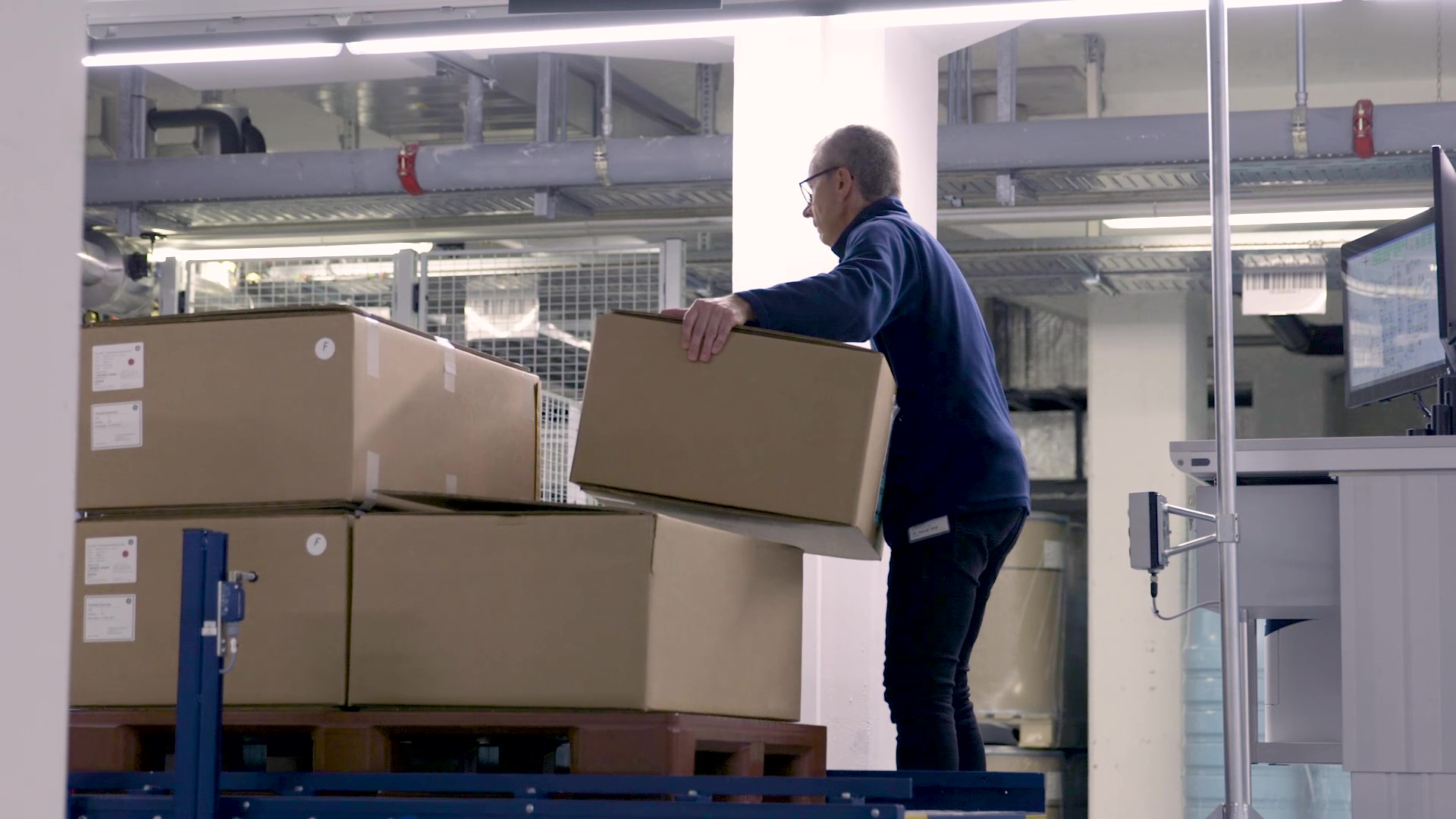
The Covid19 Pandemic illustrates how many pieces of our supply chain around the world must interact with one another in order to get products on shelves or on the customer’s doorstep. Yet one of the most vulnerable pieces of the chain is when humans must interact with one another throughout the supply chain.
This is especially true in your distribution center. In a traditional or Person to Goods distribution center your associates walk past each other and interact like bees in a hive. Social distancing is almost impossible in this setup. Even in a fairly advanced pick-by-light instance people are constantly walking past one another and touching areas where others have been.
However, let’s explore how an automated distribution center can help keep your associates and your end customers safe and improve how your intralogistics works.
Let’s look at how a typical AS/RS helps prevent the spread of infection in your distribution center.
Physical Distancing
In the first instance, instead of people passing each other to store goods with forklifts in large racks you have a workstation with one person who is inducting goods into the AS/RS. Less interaction with other people and the person works in a smaller space. An additional benefit with having a small station for induction is it gives you a smaller place to sanitize and keep clean.
The same is true on the outgoing part of your intralogistics system. When products come to a put to light station, the associate has a limited area that they have to move around which means it can easily be sanitized. In addition, the size of the work stations mean that people are a safe distance from each other to prevent any chance of respiratory infection.
Repeated Contact
Another advantage of an automated distribution center is that most products are not being continually touched or breathed on by multiple associates. The product is typically inducted into the AS/RS system by one associate and then pulled by another associate at a workstation. In many cases there is a long enough of time for most infections to die or degrade.
If we compare this to a typical non-automated distribution center product may be touched or breathed on repeatedly as associates pick items, or even just pass them. This increases the chance of contamination via surfaces. It would be almost impossible to keep product sterilized. While this is not necessarily the case in our current Pandemic, we do not know what other infections might be in the future.
Conclusion
The advantages are clear. Your associates stay safer and are less prone to infection. This means that your operation has insurance against infectious diseases. It also means that your supply chain continues operating. If you would like to learn more about how Stoecklin can help you design and create a way to insure your distribution center against infection contact us here.

Recent Comments